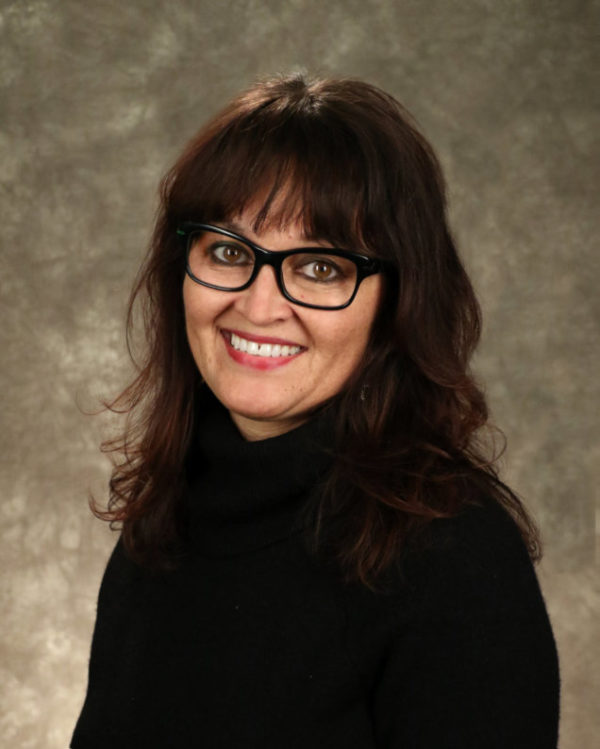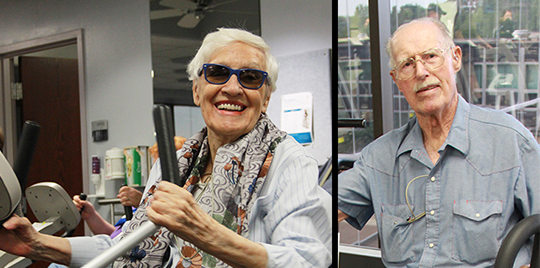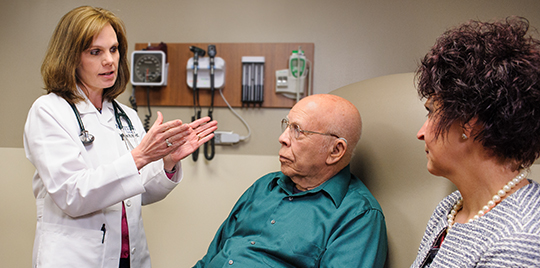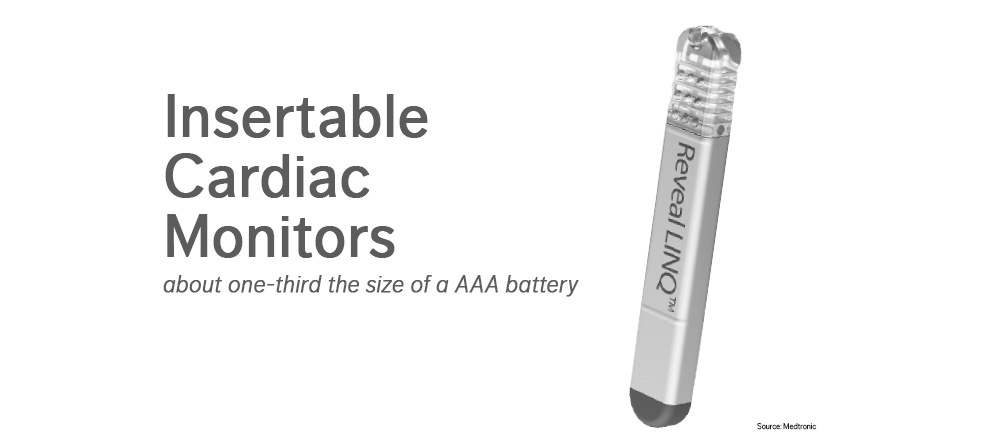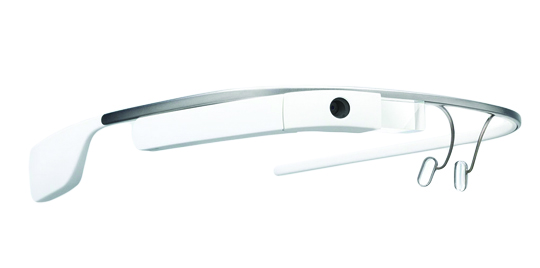
A surgeon on the staff at North Kansas City Hospital is putting one of the most talked-about high-tech devices in recent times to work in the operating room. Jeff Colyer, MD, says the wearable computer known as Google Glass enhances visualization during procedures and enables him to operate with greater precision and control—which in turn means better outcomes for patients.
Look, No Hands
“Think of this as sort of like a cell phone, but in your glasses,” says Dr. Colyer, a plastic and craniofacial surgeon with Plastic Surgical Arts. With Glass, Dr. Colyer can access the Internet, take pictures, record videos and upload anything a regular smartphone can do — all without using his hands. He operates the device with voice commands and views images on a small display that rests above his right eye.
Dr. Colyer, an avowed “tech nerd,” has been using the technology since January 2014 after snagging a spot in the Google Glass “Explorer” program. Explorers were the first people chosen by Google to try out the product and provide feedback.
Keeping an Eye on the Patient

Google Glass Surgery
It didn’t take long for Dr. Colyer to see there was substance behind the hype. Soon he was using Glass during complex surgeries, such as removing a tumor and facial reconstruction.
One advantage of Glass is that he never has to turn away from a patient to look at information on a monitor, Dr. Colyer says. Before operating, he can upload a patient’s imaging study—an X-ray, CT scan or MRI—then superimpose the image over the patient’s face during the procedure.
“The way we do it now is to put the CT scan or MRI up on a monitor in the operating room,” Dr. Colyer says. “You have to look up, look back down and remember what you saw and try to compare it to what you’re doing.
“With Google Glass, you can see that image in the upper portion of your glasses and project it right down onto the patient and be able to see exactly where you are. I know very precisely where I need to make incisions while avoiding surrounding vital structures. If I’m removing a tumor, Glass can help me know better whether I’m getting the entire tumor out. We’re able to operate with greater precision and control, which in turn promotes safety, shorter operating times and better outcomes for patients.”
At Your Command
Dr. Colyer directs his device by saying, “OK Glass” and giving a command. Google Glass can call another doctor, research a topic on the Internet, share a photo and translate a document. It can also be used to train physicians.
Dr. Colyer continues to explore Glass’s possibilities with the full support of North Kansas City Hospital. He says the Hospital continually invests in state-of-the-art technology that improves patient care. “This will be my 20th year at the hospital, and that’s something I’ve seen very consistently here,” he says. “Our technology is among the best in the region.”
